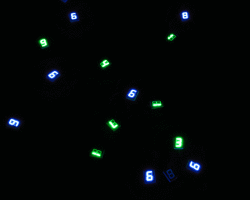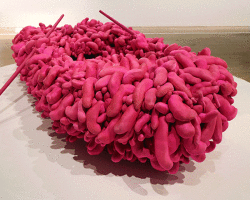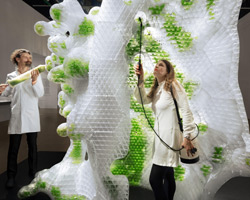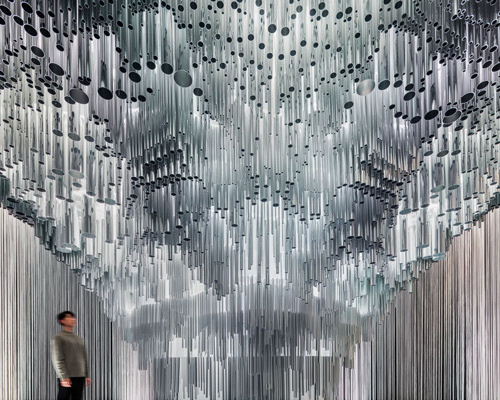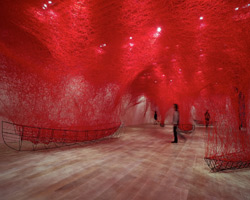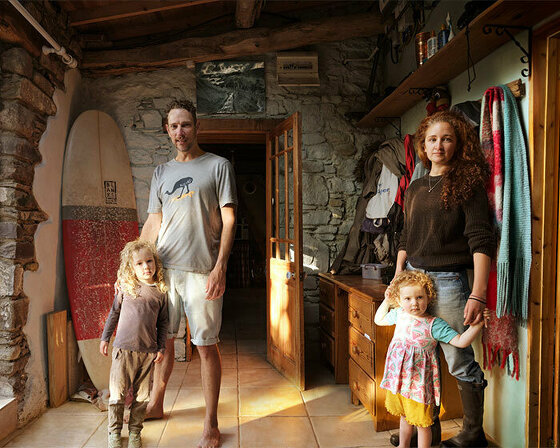KEEP UP WITH OUR DAILY AND WEEKLY NEWSLETTERS
PRODUCT LIBRARY
we're getting ready for the pre-opening launching today until friday, with public access scheduled for the 20th.
connections: 5
designboom speaks with french artist JR about la nascita, his new monumental rock installation just outside milan central station.
the 'poet of iron', as dubbed by his colleagues, passed away at his home in orient, new york, after a battle with pneumonia.
connections: +110
renowned photographer annie leibovitz, IKEA's first-ever artist in residence, unveils 25 powerful portraits of family life from stockholm to tokyo.
connections: +480
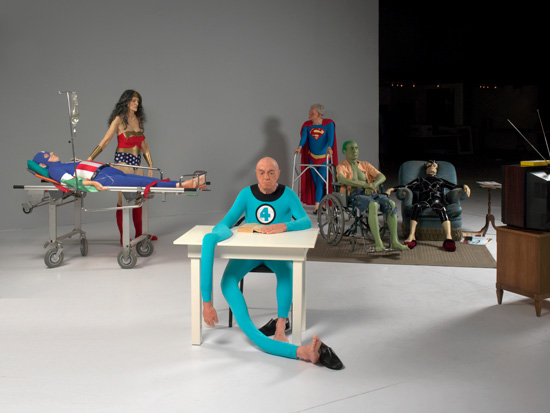
 surgical procedure (maia) by damien hirst, 2007 oil on canvas 182.9×243.8 cm photo: prudence cuming associates ltd courtesy white cube image © damien hirst, dacs, 2009
surgical procedure (maia) by damien hirst, 2007 oil on canvas 182.9×243.8 cm photo: prudence cuming associates ltd courtesy white cube image © damien hirst, dacs, 2009 ‘recycling’, installation by bai yiluo, 2008
‘recycling’, installation by bai yiluo, 2008 ik men mijn eigen brein ii (I drive my own brain ii) by jan fabre, 2008 paint on medical silicone, wax, textiles, leather and metal ca. 43 x 29 x 24 cm courtesy: deweer gallery, otegem, belgium photo: dirk pauwels / deweer gallery, otegem, belgium © angelos part 1: discovering the inner world of the body how did people around the world first acquire understanding of the mechanisms of the human body and the vast world it contains? the first section of the exhibition answers that question by tracing various scientific developments through a vast array of artifacts. exhibited works include anatomical drawings by leonardo da vinci and michelangelo, anatomical diagrams and models from around the world. there are also works of contemporary art by andy warhol, magnas wallin, and bai yilao, as well as traditional japanese works of art by maruyama ōkyo and kawanabe kyosai.
ik men mijn eigen brein ii (I drive my own brain ii) by jan fabre, 2008 paint on medical silicone, wax, textiles, leather and metal ca. 43 x 29 x 24 cm courtesy: deweer gallery, otegem, belgium photo: dirk pauwels / deweer gallery, otegem, belgium © angelos part 1: discovering the inner world of the body how did people around the world first acquire understanding of the mechanisms of the human body and the vast world it contains? the first section of the exhibition answers that question by tracing various scientific developments through a vast array of artifacts. exhibited works include anatomical drawings by leonardo da vinci and michelangelo, anatomical diagrams and models from around the world. there are also works of contemporary art by andy warhol, magnas wallin, and bai yilao, as well as traditional japanese works of art by maruyama ōkyo and kawanabe kyosai.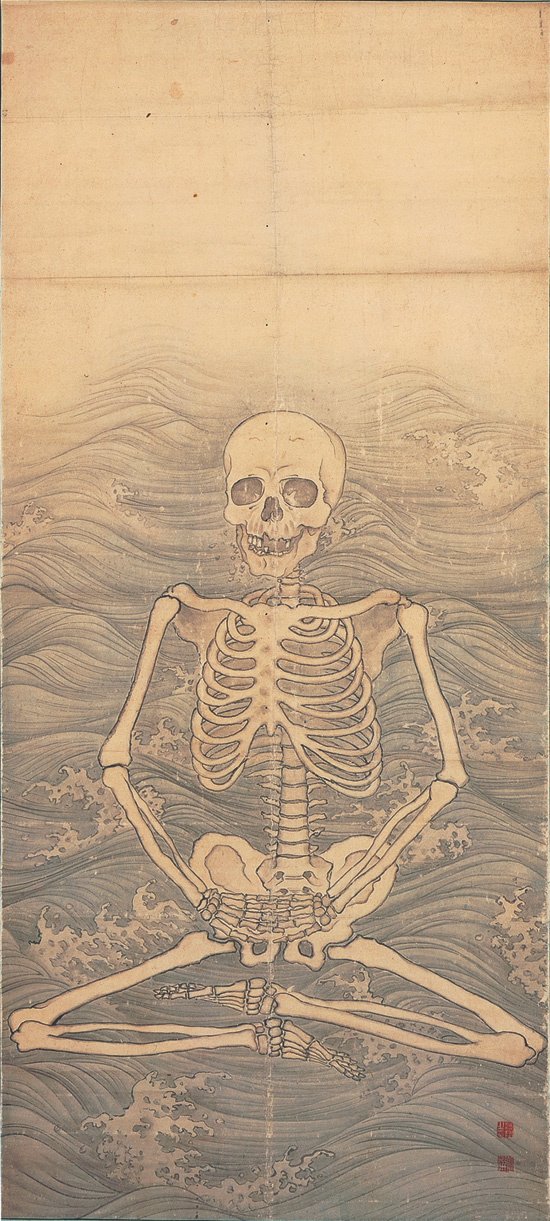 skeleton performing zazen on waves by maruyama okyo c.1787 ink, paper 132.6×59cm daijoji temple, hyogo, japan
skeleton performing zazen on waves by maruyama okyo c.1787 ink, paper 132.6×59cm daijoji temple, hyogo, japan three tibetan anatomical figures c. 1800 watercolour and black ink on white linen wellcome libraryorganizers: mori art museum, wellcome trust, the yomiuri shimbun in association with: ministry of health, labour and welfare, riken, japan surgical society, the japanese society of internal medicine, japan medical association, british council corporate sponsors: diam co., ltd., toyota motor corporation, the prudential life insurance co., ltd., the gibraltar life insurance co., ltd., the prudential financial japan life insurance co., ltd., otsuka holdings co., ltd., olympus corporation, johnson&johnson japan group, chugai pharmaceutical co., ltd., teikyo university, terumo corporation grants from: u.s. embassy, tokyo, the tokyo club support: japan airlines, champagne nicolas feuillatte, bombay sapphire cooperation: science museum, the japan association for cultural exchange curated by: nanjo fumio (director, mori art museum), ken arnold (head of public programmes, welcome trust)
three tibetan anatomical figures c. 1800 watercolour and black ink on white linen wellcome libraryorganizers: mori art museum, wellcome trust, the yomiuri shimbun in association with: ministry of health, labour and welfare, riken, japan surgical society, the japanese society of internal medicine, japan medical association, british council corporate sponsors: diam co., ltd., toyota motor corporation, the prudential life insurance co., ltd., the gibraltar life insurance co., ltd., the prudential financial japan life insurance co., ltd., otsuka holdings co., ltd., olympus corporation, johnson&johnson japan group, chugai pharmaceutical co., ltd., teikyo university, terumo corporation grants from: u.s. embassy, tokyo, the tokyo club support: japan airlines, champagne nicolas feuillatte, bombay sapphire cooperation: science museum, the japan association for cultural exchange curated by: nanjo fumio (director, mori art museum), ken arnold (head of public programmes, welcome trust)